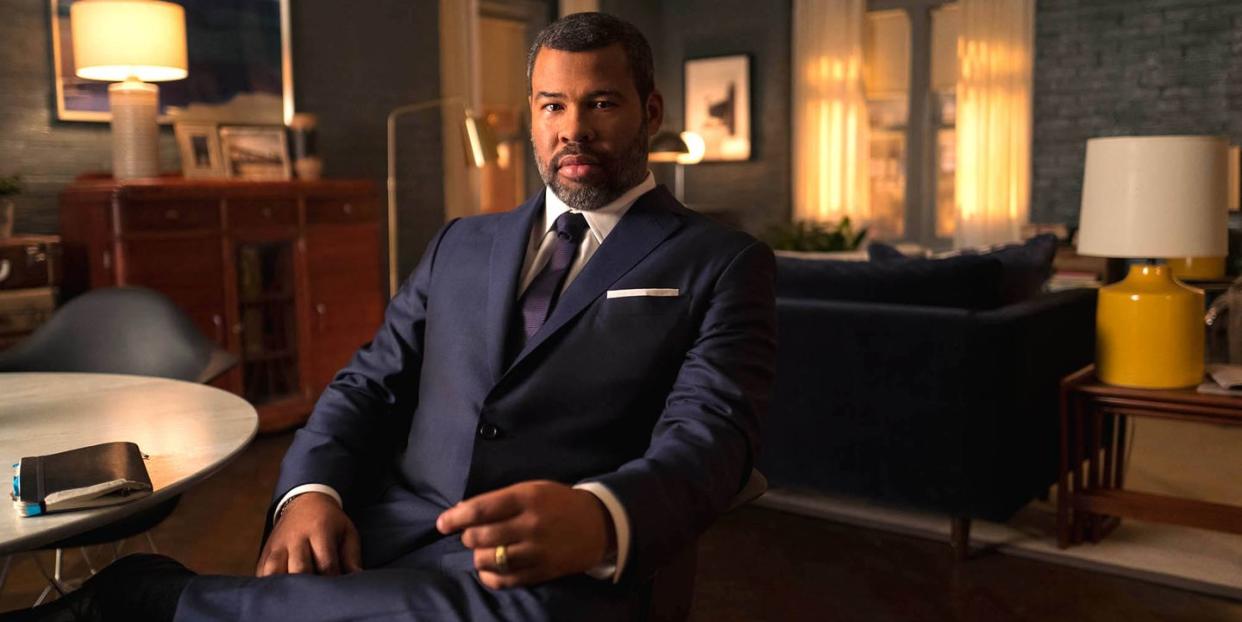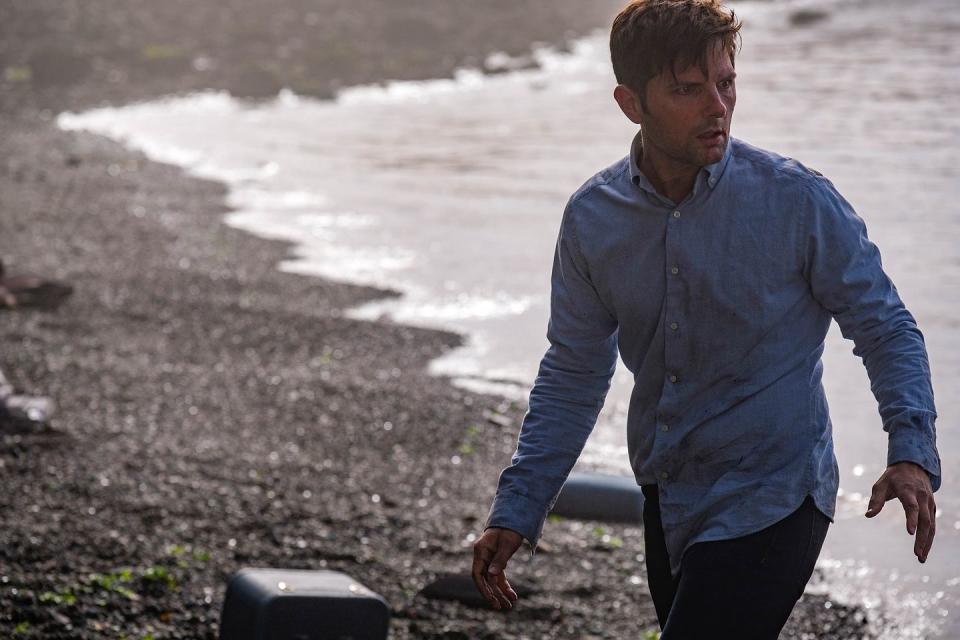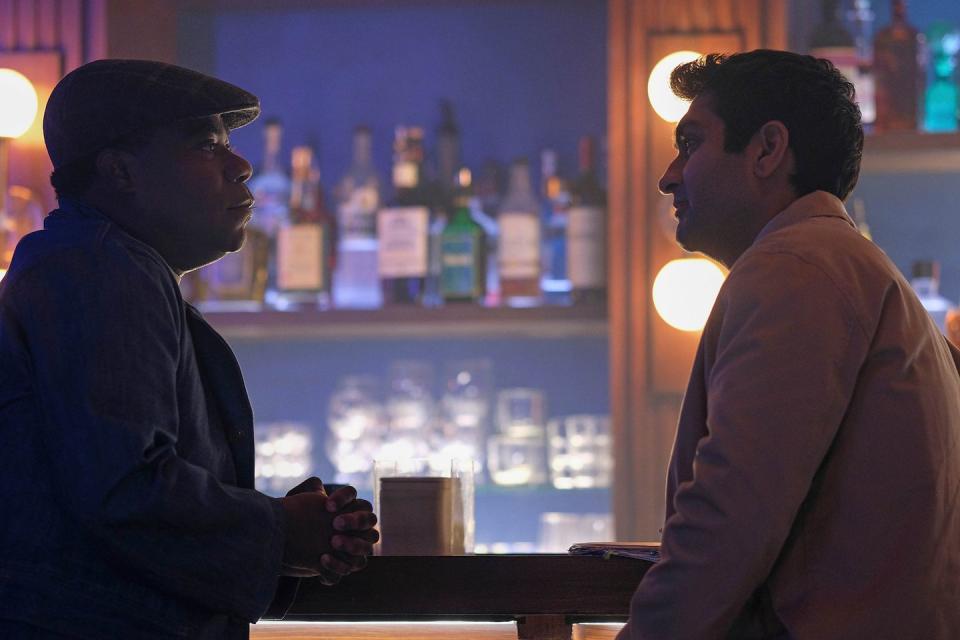Jordan Peele’s 'The Twilight Zone' Is an Answer to Self-Loathing Sci-Fi

Sixty years after its premiere, Rod Serling’s The Twilight Zone is still remembered for its over-the-top melodrama and incisive social commentary. Many entries into the classic anthology series have become modern-day fables that even the youth today would recognize. Stories like “Eye of the Beholder,” “Nightmare at 20,000 Feet,” and “Time Enough at Last,” among others, remain powerful statements about who we are and where we’re heading.
Now, Jordan Peele-who’s rapidly emerging as one of his generation’s greatest storytellers-is bringing the series into the modern day with a reboot on CBS All Access. But in today’s crowded TV landscape, which is laden with self-loathing sci-fi shows like Black Mirror or overtly referential throwback series such as Stranger Things, is there room left for an ancient franchise that is unabashedly sincere and un-ironic?
Peele clearly has his work cut out for him with his reboot, in attempting to bridge the gap between the pulpy origins of The Twilight Zone with the more down-to-earth, self-aware realism of so many of today’s biggest shows. But while there are certainly some misfires, the first four episodes of the new show available to critics make it clear that when Peele stays within the enduring traditions of the series and doesn’t try to cater to the trends of the current day, The Twilight Zone works just fine in 2019.

Peele's Twilight Zone premieres with a modern update of the iconic “Nightmare at 20,000 Feet” story. For the uninitiated, “Nightmare” illustrates the carnal terror of flight, following a particularly neurotic man who keeps seeing a freakish creature on the wing of the plane he’s traveling in. First portrayed by William Shatner in 1963, the episode was retold again with John Lithgow as the lead role in the 1983 anthology film. In Peele’s take on the “Nightmare,” instead of a freaky man on the wing, it’s a podcast that drives the main character to lose his mind. The podcast, which our neurotic protagonist (this time played by Adam Scott) finds mysteriously snuck into his seat back pocket on a sort-of Steampunk iPod, plays like one of those spooky unsolved mysteries shows such as Lore. The narrator of the podcast begins to describe the mysterious case of Flight 1015, which went off-radar and drifted into the abyss, never to be seen again. Just as you suspected, and as Scott’s character soon realizes, the flight he’s describing happen to be the one that’s just lifted off, currently soaring above the stormy clouds.
Though the unfathomable terror of air travel will probably never go out of style, it’s this cryptic podcast that drives Peele’s “Nightmare at 30,000 Feet” (to which, if you notice, the producer has playfully added another 10,000 feet of stakes). While Scott dials in a captivating dramatic display-and director Greg Yaitanes’s Black Mirror-esque filmmaking certainly makes this reboot look and sound modern-it’s the present-day intrusions like this podcast that consistently remind us that, like it or not, Twilight Zone is a blast from the past. And in this case, a podcast taking the place of an old-fashioned boogeyman just feels a bit trite or forced.

But while “Nightmare” feels like an unfortunate misstep, that’s not to say the series as a whole is getting off on the wrong foot. Unlike the ineffective “Nightmare” revamp, the Kumail Nanjiani-starring episode “The Comedian” is an unabashedly timeless and effortlessly slick entry to the 60-year-old franchise. Oozing in that blissfully anxiety-stricken doom-and-gloom of the '50s and '60s episodes, “Comedian” is shot in beautifully vivid colors with funhouse fish-eye lenses and extreme close-ups that feel wholly contemporary. The episode, which offers an exciting cameo role to Tracy Morgan as a sort of Man from the Great Unknown (I won’t spoil it for you), tells a morality tale that seemed so familiar that I searched the archives of the series to see if this was another classic retelling (it’s not). Nanjiani plays a stand-up comic who realizes that if he reaches for low-hanging fruit by making fun of people from his life onstage, they cease to exist. Need I say more?
When the charm of the original series comes full force, the result is refreshingly titillating. This is epitomized by Peele’s elusive cameos in each episode. Paying tribute to Rod Serling’s appearances, Peele seems to show up when you least expect him, dressed all in speckless black and addressing the camera directly. Peele, with his comedy background, couldn’t be better suited for this role, and as he raises his eyebrow ever so slightly at the end of his cameos, giving a sort of implied wink at the preposterous situations ahead. In these moments, our entrance to the Twilight Zone in 2019 feels both exciting and a long-time coming. Time will tell if Peele's stories will be re-told in another 60 years from now.
('You Might Also Like',)

